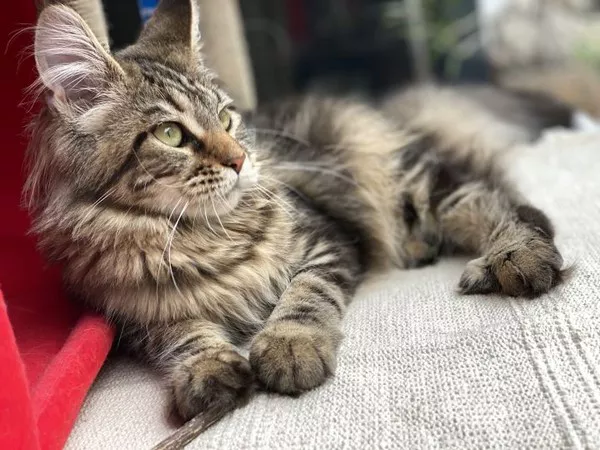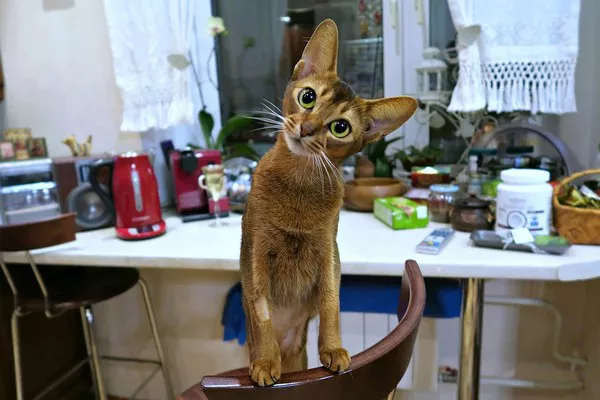Bringing home a playful and adorable Ragdoll kitten is an exciting experience. These gentle, affectionate cats are known for their striking blue eyes, plush fur, and laid-back temperament. To ensure your Ragdoll kitten grows into a well-behaved companion, training from an early age is essential. This comprehensive guide will provide you with step-by-step instructions on how to train your Ragdoll kitten effectively.
1. Understanding Ragdoll Kittens
Before delving into training techniques, it’s crucial to understand the unique characteristics of Ragdoll kittens. Recognized for their docile nature and intelligence, these felines are highly trainable. They are social creatures that thrive on human interaction and respond well to positive reinforcement. Additionally, Ragdolls love routine and may exhibit behaviors such as scratching furniture or excessive meowing if their needs aren’t met.
2. Setting up the Perfect Environment
Creating a stimulating and safe environment is vital for your Ragdoll kitten’s development. Start by designating a cozy area with a comfortable bed, litter box, scratching post, and toys. Ensure all potentially hazardous objects are kept out of reach. Ragdolls enjoy vertical spaces, so providing cat trees or shelves will cater to their climbing instincts. Establishing this positive environment will encourage good behavior and prevent destructive tendencies.
3. Litter Box Training
Teaching your Ragdoll kitten proper litter box habits is essential. Place the litter box in a quiet, easily accessible location. Show the kitten where the box is and gently place them inside after meals or naps. Reward them with praise or treats when they use the litter box correctly. Consistency and patience are key during this process, and accidents should be handled calmly without scolding.
4. Socialization and Handling
Ragdolls are known for their affectionate nature, so early socialization is crucial. Introduce your kitten to various people, sounds, and environments to help them feel comfortable and confident in different situations. Regular gentle handling will acclimate them to being touched, brushed, and examined by a veterinarian. Positive reinforcement, such as treats or praise, should be provided during these interactions.
5. Encouraging Good Behavior
Positive reinforcement is the most effective tool when training a Ragdoll kitten. Reward desired behaviors, such as using scratching posts or responding to commands, with treats, verbal praise, or playtime. Use clicker training to associate specific actions with positive rewards. Redirect unwanted behavior, like scratching furniture, by providing alternative scratching surfaces and applying deterrents to off-limits areas.
6. Basic Commands and Tricks
Ragdolls are intelligent cats that can learn basic commands and entertaining tricks. Start with simple commands like “sit,” “stay,” and “come.” Use treats and repetition to reinforce these commands consistently. Once your kitten has mastered the basics, move on to more advanced tricks like “high five” or “roll over.” Training sessions should be short, fun, and carried out in a calm environment without distractions.
7. Discouraging Undesirable Behavior
Ragdoll kittens may exhibit certain undesirable behaviors, such as biting or excessive meowing. Addressing these issues promptly is important. Redirect biting onto appropriate toys and discourage rough play. Excessive meowing may indicate discomfort or boredom, so ensure they have enough mental stimulation and playtime. Avoid punishment-based techniques as they can cause anxiety and damage the trust between you and your kitten.
Conclusion
Training a Ragdoll kitten requires patience, consistency, and positive reinforcement. By understanding their unique characteristics, creating an optimal environment, and utilizing effective training techniques, you can shape your Ragdoll into a well-behaved and loving companion. Remember to prioritize socialization, encourage good behavior, and address undesirable habits promptly. With time and effort, your Ragdoll kitten will develop into a happy and well-adjusted member of your family.


























